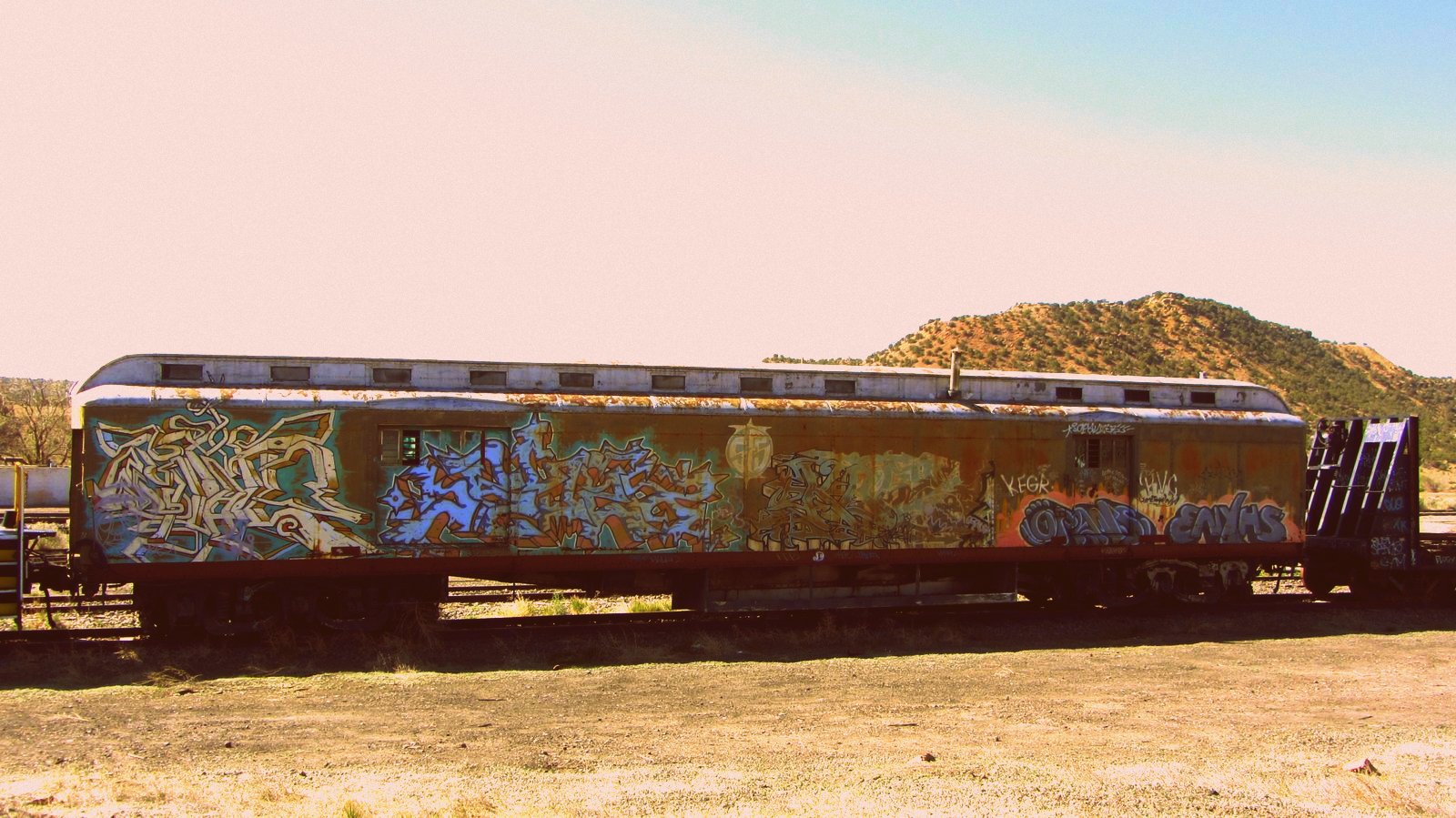 |
| Pecos National Historical Park |
We had a special field trip ahead of us today, so we were up early for breakfast and critiques. Our destination: the Pecos National Historical Park and the wild Pecos River itself.
The jewel of the Pecos National Historical Park is the the adobe church, set high on a hill with views of the Pecos pueblo ruins and the valleys of the Galisteo Creek and the Pecos River. The church, which was built in 1717 on the ruins of an older and much larger church that was destroyed in the Pueblo Revolt of 1680, is just a shell; it has mostly melted away with centuries of monsoonal rains and winter snows. Still, it is an imposing edifice on the hilltop, and with the snow-capped Sangre de Cristos behind it, it makes a beautiful picture.
 |
| Pecos Church 9x12 by Michael Chesley Johnson |
We took this as a sign of increasing wind for the afternoon. New Mexico can be a windy state in the springtime. So, we decided to head to the Pecos River, where we would be sheltered by its canyon.
 |
| The Wild and Wooly Pecos River |
I'd scoped out a great spot last week along the river, about six miles up the road from the village of Pecos. We had it mostly to ourselves, save for a couple of anglers around the bend. The Pecos has been designated a Wild and Scenic River, but today it was clear, quiet -- and cold. I went to wash my hands in it, and I was surprised at how cold it was.
What I liked most about the spot was how it offered stimulus for all the senses. The air was filled with the fragrance of ponderosa pine and the rush of water; and the water itself was filled with a rainbow of colors from milky blue-green to shadowy orange to bright blue. My back had gotten a little tired from standing all week, but I found a sizable log in the shade to sit on. Troops of ants ran up and down the log, but they didn't seem interested in me. I finished my painting before the others, so I found a rock to sit on, perched over the rapids, and I just let my mind free.
 |
| On the Pecos 9x12 oil by Michael Chesley Johnson |
By the way, yesterday I took a new approach to viewing the landscape while painting. Many of the scenes I want to paint force me to have sun directly on my canvas. I've always disliked this situation, since it is very hard on the eyes, and unless you're aware of how such bright light can affect your vision, it can lead to dark and dull paintings. The solution could be an umbrella, but often it's too windy or the umbrella is inconvenient. When painting the "Ranch of the Swallows," I found myself in this situation, so I decided to paint with sunglasses on. I did the same today with my painting of the Pecos church. I'm very pleased with the results.
We've always been told not to paint with sunglasses on because they can distort color and value. I didn't find this to be the case at all. My sunglasses are a neutral grey with polarizing lenses. The only negative effect would be that, because of the polarization, skies have a little more contrast and water has a little less glare. If these are a problem (which they aren't always), it's easy to lift up the glasses and make adjustments.














































